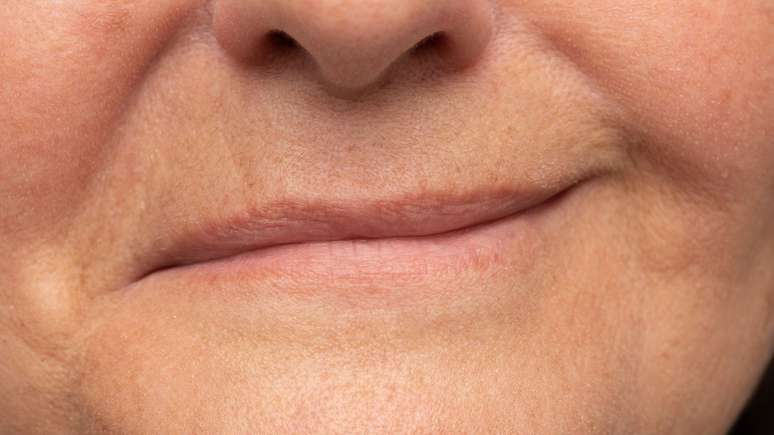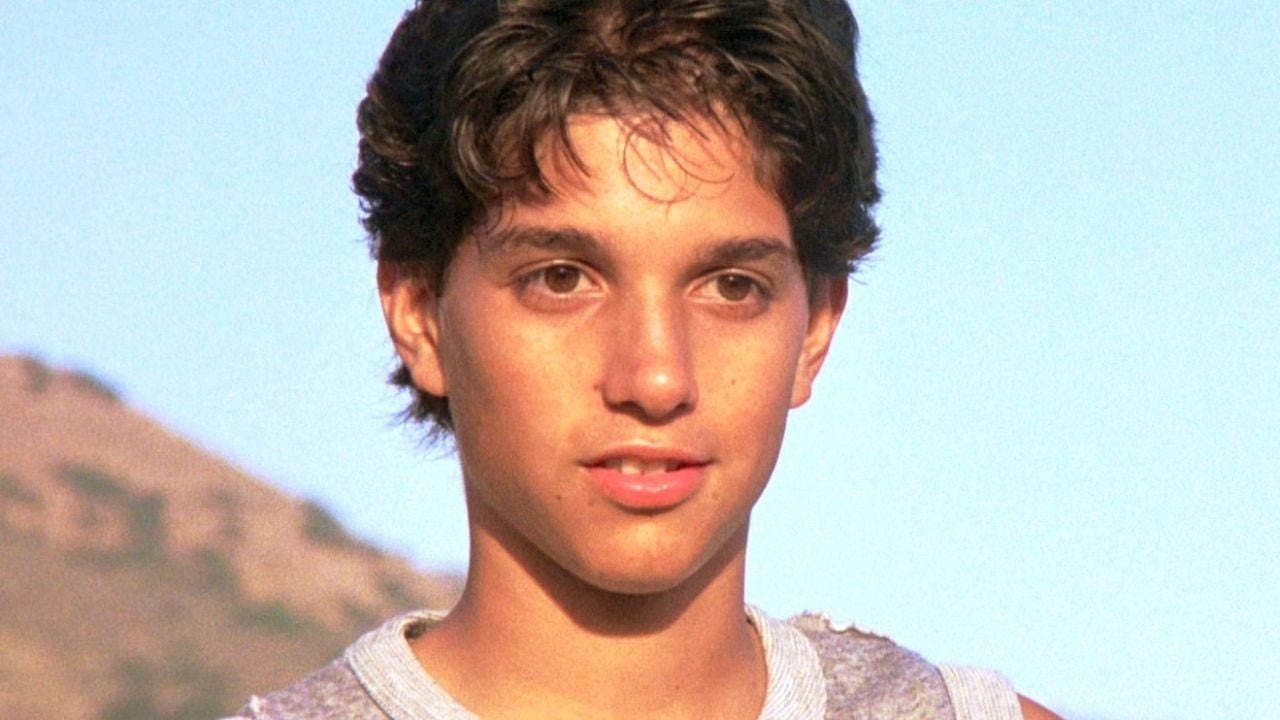Facial paralysis is estimated to affect about 80,000 Brazilians a year; most cases are reversible
A facial paralysis It is a serious situation and much more common than one might think. It is estimated that around 80 thousand Brazilians experience this problem every year. The recommendation, in fact, in this type of case, is to go to the hospital immediately to receive treatment and to be able to make the paralysis regress.
html[data-range=”xlarge”] figure image img.img-7aaffb4427f2abf1df2a9b0eb9029f41odmkc6ae { width: 774px; height: 435px; }HTML[data-range=”large”] figure image img.img-7aaffb4427f2abf1df2a9b0eb9029f41odmkc6ae { width: 548px; height: 308px; }HTML[data-range=”small”] figure figure img.img-7aaffb4427f2abf1df2a9b0eb9029f41odmkc6ae, html[data-range=”medium”] figure image img.img-7aaffb4427f2abf1df2a9b0eb9029f41odmkc6ae { width: 564px; height: 317px; }
“Idiopathic facial palsy, also called Bell’s palsy, is a medical emergency and should prompt the patient to seek emergency care as soon as possible. Early diagnosis and treatment is critical to the outcome of improvement or cure” , explains José Ricardo Gurgel Testa, otolaryngologist at the Paulista Hospital.
According to the doctor, this type of facial change is directly associated with inflammation or swelling of the facial nerve. “When affected for some reason, this nerve causes symptoms such as twisted mouth, difficulty moving the face and/or lack of expression on one part of the face. This can significantly change people’s communication and self-esteem,” she points out.
However, the cause of this problem is still unknown. However, they can involve various factors, such as stress, low immunity, sudden changes in temperature, neoplastic or even idiopathic diseases.
Types of facial paralysis
The specialist states that there are two main types of facial paralysis: the central ones – that is, of the central nervous system – which derive from strokes (Cerebral Vascular Accidents), degenerative diseases or tumors, and the peripheral facial paralysis, which can be traumatic, infectious , congenital, tumoral, metabolic and idiopathic.
“Everyone has a specific type of treatment that should be guided by the doctor. Some patients need ancillary tests, such as audiometric and impedance tests, imaging and electrophysiological tests, as well as laboratory tests, until the exact diagnosis is reached,” he notes.
Most often, however, the diagnosis of facial paralysis is made through medical observation. “The most attention-grabbing symptom is sudden, partial or total loss of movement on one side of the face, which may get worse for a few days at a time.”
The doctor also warns of signs such as a crooked mouth — most noticeable when trying to smile — the inability to fully close one eye, raise an eyebrow, or frown. Other symptoms are pain or tingling in the head or jaw and an increased sensitivity to sound in one of the ears, as well as changes in taste.
Treatment
According to the doctor, most cases of facial paralysis are transient and there are several possible treatments, depending on the underlying cause of the problem. “The treatment of peripheral facial paralysis is symptomatic and includes the use of drugs, physiotherapy and speech therapy. There is no standard therapeutic approach to the disease, it depends on each case”.
Improvement, in turn, may depend on the type and extent of damage to the facial nerve, the clinical condition and age of the patient. In most cases, facial paralysis usually resolves when the nerve swelling subsides on its own.
In this context, according to the doctor, physiotherapy and speech therapy are important allies to stimulate facial expressions and the muscles of speech, as well as to avoid contractures and muscle fiber atrophy.
Source: Terra
Ben Stock is a lifestyle journalist and author at Gossipify. He writes about topics such as health, wellness, travel, food and home decor. He provides practical advice and inspiration to improve well-being, keeps readers up to date with latest lifestyle news and trends, known for his engaging writing style, in-depth analysis and unique perspectives.









